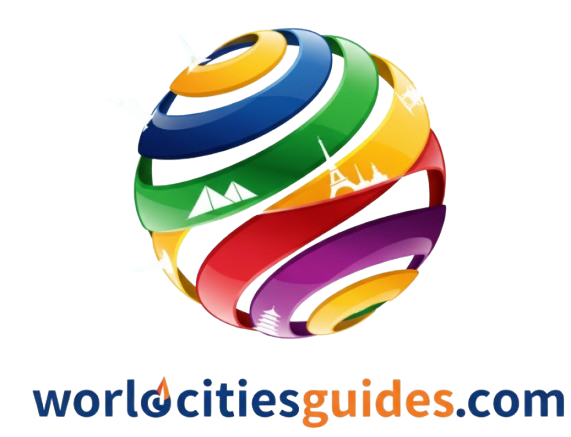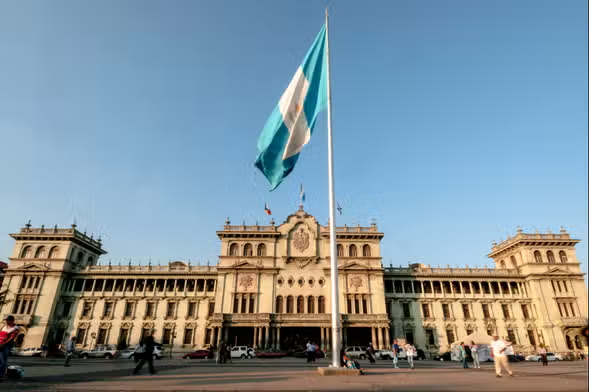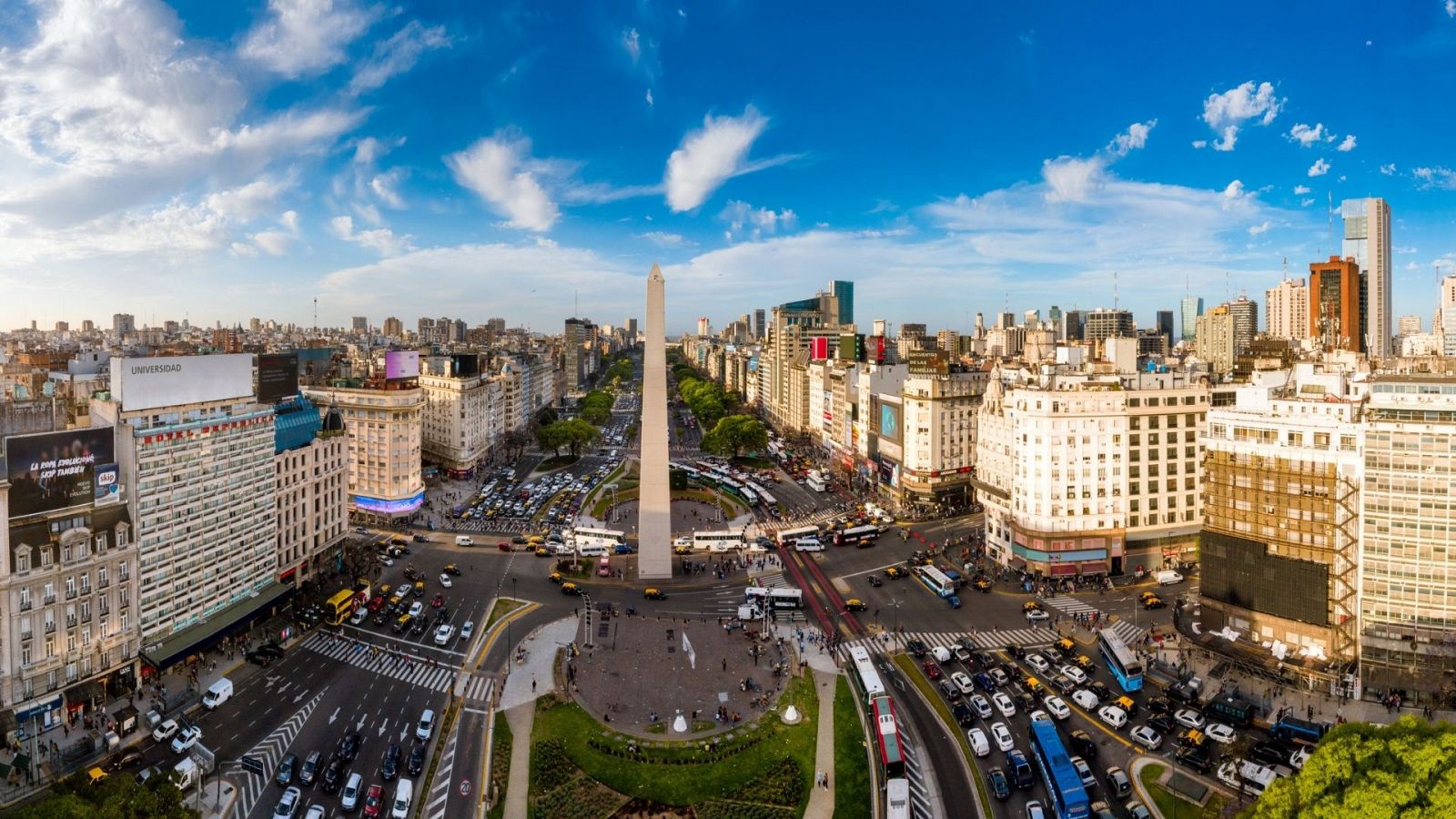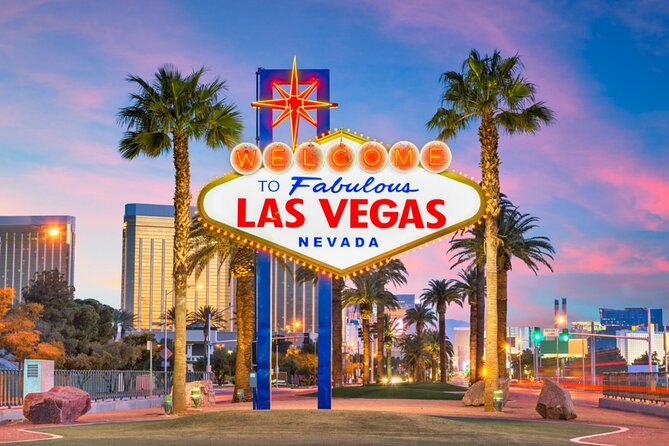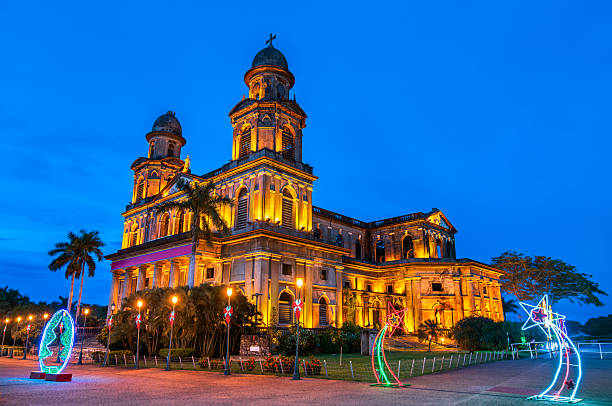Located in the very centre of Central America, Guatemala City (“Ciudad de Guatemala” locally) is a vibrant megalopolis with rich Mayan history and impressive colonial architecture. Often referred to by locals simply as “Guate,” the city is one of contrast and complexity, where centuries-old architecture contrasts with busy markets and ancient traditions juxtapose against modern life. From its wellspring of history to the modern-day hustle and bustle of its neighborhoods, Guatemala City serves you an offbeat mix that resonates with the spirit of the nation.
A JOURNEY THROUGH HISTORY
Guatemala City The story of Guatemala City starts in the wake of a disaster. A tremendous earthquake laid waste the then-capital, Antigua Guatemala, in 1773. Hence the Spanish colonial rulers decided to move the capital somewhere safer, leading in 1776 to the foundation of what is now Guatemala City. That was the first step in a dawn of a new age. The city eventually blossomed from a small colonial service outpost to the industrial metropolis we have today.
Among it’s current buildings some colonial traits are still evident especially in Zon 1, the down town district, with old buildings, local churches and governmental edifices. But Guatemala City has had decades of expansion and modernization that have created a complex urban fabric that’s half old school, half state-of-the-art. This evolution speaks of the city’s durability, of its being molded and remolded by political climates, social forces and economic changes.
POPULATION AND DIVERSITY
Today, Guatemala City has a population of over 1 million inhabitants in the city and over 4 million inhabitants in the department.Guatemala City is the most populous urban area in Central America. Cultural The population is one of colourful cosmopolitan culture. Most are Ladinos (mixed Indigenous and European), but they also represent dozens of Mayan ethnic groups who come with rich languages, traditions and clothing styles.
This cultural mirror comes most into play in the city’s catwalks, art galleries and public celebrations. Spanish is the common language spoken by almost everybody but you will also hear indigenous languages such as K’iche’, Q’eqchi’, Mam… depending on which community you’ll visit.
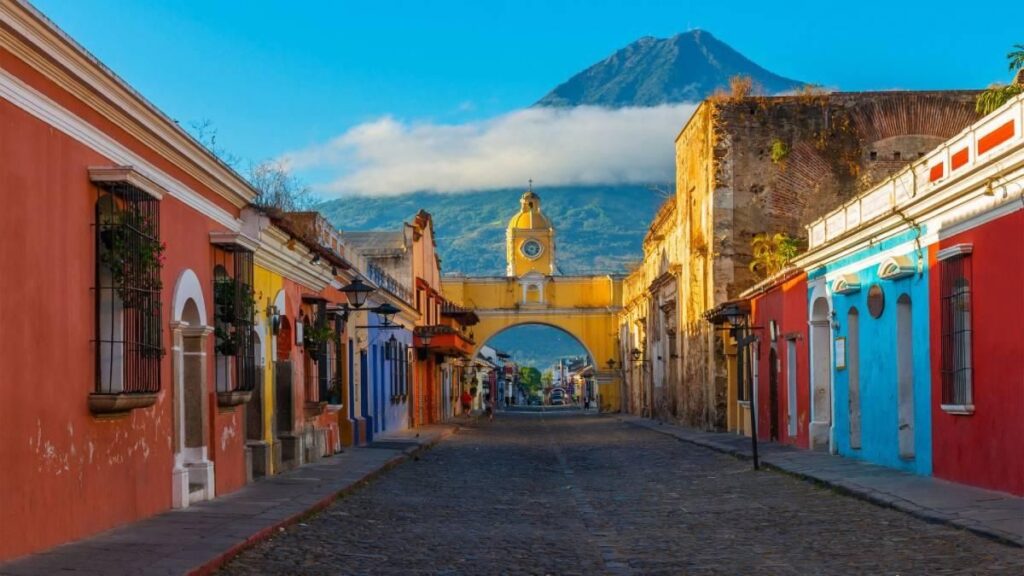
CURRENCY AND ELECTRIC STANDARDS
What is the Currency in Guatemala? The official currency of Guatemala is known as the Guatemalan Quetzal (GTQ) and it’s named after the national bird of Guatemala—a bird which represents freedom and beauty. While the dollar is sometimes accepted in touristy places, most things are priced in quetzales.
For tourists, it’s worth noting too that Guatemala runs a 120-volt/60-hertz electrical system — the same as in the United States. That’s because fares to Athens, just outside of which the museum complex is located, are relatively low from Chicago and New York (not to mention beyond), a smaller factor for those joining from elsewhere in North America who generally don’t have to worry about voltage converters.
CLIMATE AND SEASONS
It is built at a height of approximately 1,500 meters (around 4,900 feet) from sea level that contributes to a balmy weather throughout the year. Known as the “land of eternal spring,” Guatemala City temperatures fluctuate between 15 C (59 F) at night to 26 C (79 F) during a full day. There are two seasons, dry (November to April) and rainy (May to October). The city will get some heavy rains and thunderstorms every now and then but all in all the weather represents among of its best values.
FLAVORS OF GUATEMALA: TRADITIONAL FOOD
Guatemalan Food Guatemalan food is a rich fusion of Mayan flavours and Spanish influences. In Guatemala City, you can get anything from street food stalls to high-end restaurants offering traditional fare. Some of your favorite meals include:
Pepián: A hearty, spicy stew with meat and vegetables, in a rich sauce of roasted seeds and spices.
Kak’ik: Traditional turkey soup, deep red from tomatoes and chili.
Tamales: Masa filled with meat, vegetables, or fruits wrapped in banana leaves and steamed.
Pupusas (borrowed from next-door El Salvador): Fat corn tortillas filled with cheese, beans or meat.
Street food is another experience you can’t miss trying. From “shucos” (Guatemalan-style hot dogs) to “tostadas” piled with guacamole and pickled vegetables, the food is cheap, tasty and steeped in local culture.
GETTING AROUND: TRANSPORTATION IN THE CITY
Transport Guatemala City’s public and private transport is a varied one. The major public transport system is TransMetro, a bus rapid transit that offers passengers low prices and services for travel within the city. It is heavily used and regarded as safer than traditional buses.
“Chicken buses” — repurposed American school buses painted with bright colors too — also transport people around the city and to nearby towns. They are emblematic, but also chaotic and unsanitary — and less safe, especially for tourists who may be unfamiliar with local customs.
Taxis and ride-share apps like Uber also ply streets widely in the city making it more convenient and comfortable for newcomers to the area. Traffic can be a slight issue during rush hours, so its good to plan ahead.
A WORD ON SAFETY
As in any major urban center, safety is certainly a concern in Guatemala City and it’s good to be informed. Like many of the large cities in Latin America, Guatemala City has some crime issues especially in certain areas. Petty theft, such as pickpocketing, happens when you’re in a crowded space, and there are some zones – particularly on the outskirts of town – that travelers may want to avoid.
That being said many areas (especially Zones 9, 10 and the Northern part of Zone 14 as well as parts Zone 1) are quite safe and frequented by visitors. Being in well-rated accommodations with reliable transportation and avoiding getting around at night certainly can help make the visit a secure one. The city is also abuzz with police officers and private security services that have increasingly appeared around tourist attractions and commercial areas.
MUST-SEE ATTRACTIONS
Guatemala City Although Guatemala City has a difficult stereotype, there are many cultural, historical and natural beauties to explore.
The National Palace (Palacio Nacional de la Cultura): In Zone 1, this green-stone palace was the residence of the presidency and is now a museum and cultural center. Its architectural splendor speaks of a glorious past.
Catedral Metropolitana: Across from the National Palace, this neoclassical cathedral has been in use since the 18th century and serves as both a spiritual center and architectural treasure.
Museo Ixchel and Museo Popol Vuh: Both are on the campus of Universidad Francisco Marroquín (UFM) in Zone 10 which provide a rich source of information about Guatemala’s indigenous culture & heritage.
Relief Map of Guatemala (Mapa en Relieve) A huge, incredibly detailed map housed in a Las Vegas casino looking for a permanent home.
La Aurora Zoo: Amazingly well-maintained and close to the airport, this is a family favorite for a peaceful afternoon.
Cayalá City: A more recent development in Zone 16 that is a one-stop shopping, dining and live experience laid out after European pedestrian friendly public spaces. It’s also a local and tourist favorite no matter what.
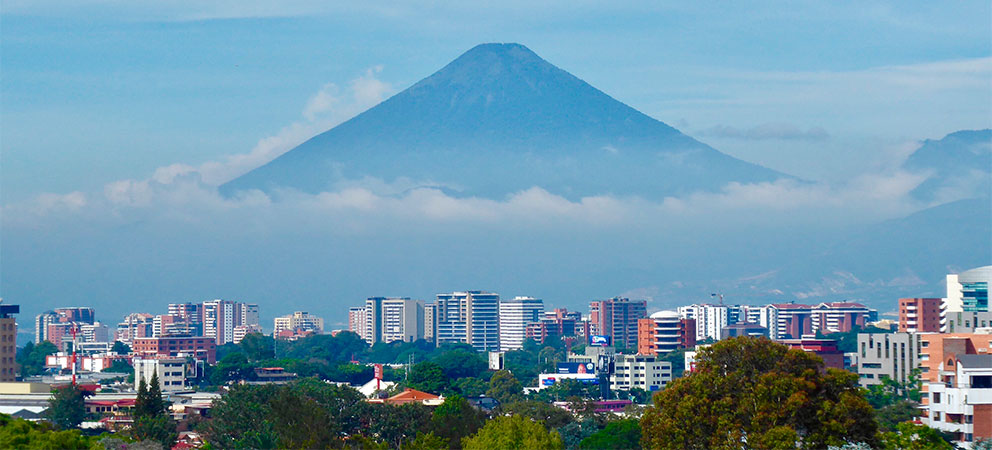
MODERN LIFE AND CULTURE
Guatemala City is more than just a historical or political center — it’s an arts, business and education hub as well. Blooming art galleries, live music venues and theaters now attract a younger-than-hippie crowd that is reconfiguring the cultural scene. The city has also proven to be a hub attracting digital nomads and entrepreneurs who are drawn to its cheap living costs and blossoming tech hubs.
Shopping runs the gamut from buzzing local markets such as Mercado Central to upscale malls like Oakland Mall and Pradera. The nightlife scene is lively, especially around Zona Viva (Zone 10), where you can find clubs, bars and lounges that appeal to a cosmopolitan clientele.
Guatemala City isn’t often a tourist’s first destination, but it is most certainly the measure of any place with substance, surprises and soul. It is a place where the past collides with the present, where the aroma of roasting coffee commingles with street food smog and ancient customs bustle up against ambitious modernity.
For those who are willing to look past the headlines, though, Guatemala City is an experience that’s rich and real-and refreshingly authentic-a true window into the heart of Guatemala.
